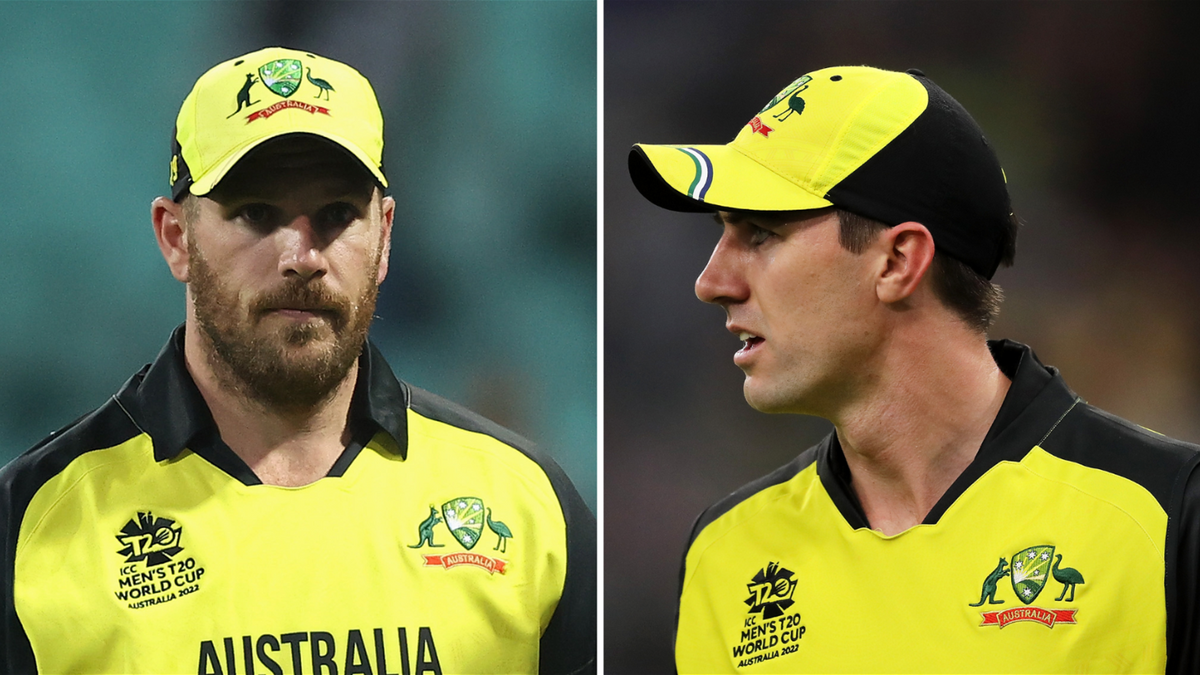
Australia are a dangerous side, but have questions over two key players to answer ahead of a potentially pivotal clash against England, writes Ben Gardner.
Crisis? What crisis?
Two-thirds of the way into Australia’s game against Sri Lanka, the hosts’ T20 World Cup game was in the balance. They had been humbled by humble old New Zealand. Sri Lanka had conceded four runs in 14 balls, the last of which had seen off Glenn Maxwell. Australia needed nines and their captain was going at fours. Even if they were to win, it seemed unlikely they would bank the net run rate boost that would push them back into contention. Then Marcus Stoinis went berserk, smashing Australia’s fastest T20I fifty, taking down possibly the world’s best spin pair in the process, and winning the game single-handedly in an instant.
It was a reminder of that age-old cricketing truth: come the crunch moments in a global tournament, and Australia are a side to be feared. It also demonstrated why Australia are T20 World Cup champions – they have a side stacked with plenty of fearsome cricketers. David Warner has had a lean couple of games, but remains among the best T20 openers in the world. Mitchell Marsh was Player of the Match in last year’s final. Glenn Maxwell, Stoinis and Tim David is a middle order that demands massive IPL money. Matthew Wade’s recent finishing record is absurd. Adam Zampa, with his improved googly, ranks among the best legging in the world. Josh Hazlewood hits a line and length and is unhittable. Mitchell Starc is Mitchell Starc. If a few of those players click, Australia are contenders.
But they still have questions to answer, and oddly enough, they hover over Aaron Finch and Pat Cummins, their two national men’s captains and highest profile stars. Finch’s innings against Sri Lanka was freakishly bad, the slowest innings of 40 or more balls in T20 World Cup history. That is at least in part because of Finch’s luck, and whether it was good or bad depends on your perspective. He was dropped three times in one ball, and cut past his stumps and mistimed on seemingly countless occasions. On another day, it is an anonymous low score and not even a talking point.
But it’s also a continuation of some iffy form. Finch has already retired from ODIs, with many assuming this World Cup would be his swansong. His T20I form is less horrendous than his ODI numbers, but he is also clearly not the behemoth he once was. Since the start of last year, in 36 innings, he has a strike rate fractionally over 120, and an average of 27.51. He’s still fairly consistent. But he’s not scoring quickly.
Australia have an option on the bench. Cam Green wasn’t originally in their T20 World Cup squad, something which became more and more ridiculous as he smashed India to all parts in a pre-tournament series: he smashed 118 off 55 balls in three innings, with those long levers fetching seven sixes, only two less than Finch’s tally for the whole of 2022. Sixteen runs in three T20Is against the West Indies and England ahead of the World Cup shows Green is far from the finished article. But there’s also an argument that, given Australia’s depth, a fast failure is better than a slow score, with Green’s upside greater than Finch’s.
Finch is the captain, and his stature in Australian cricket is significant. Could he continue to watch over things from the dressing room? Or is his on-field presence too important?
Cummins was the other Australian to struggle against Sri Lanka, conceding 20 runs in his final over as the total surged into troublesome territory. This is a familiar failing for the Test great; his numbers aren’t those of an elite, or even of an average death bowler. He has taken four wickets at the death in 2022 in all T20s, with those scalps costing 51.50 runs apiece and with an economy rate above 13. His presence in the XI has also relegated Starc, with all his new-ball prowess, to second change.
In Nathan Ellis, Australia have another option in the squad. His recent numbers at the death are exceptional: 17 wickets at 13, an economy of 7.55. He could slot in comfortably for Cummins in the XI.
The other option, favoured by Mark Waugh, is for Australia to back their batting depth, put faith in all their all-rounders, and play Green in Cummins’ place. Finch could then drop down the order as a kind of floating anchor, stabilising the innings in case of an early wicket or two, and otherwise allowing the hitters to do their thing. Green’s inclusion would give Australia four all-rounders in their XI, with Stoinis, Marsh and Maxwell the others. Is it too much of a stretch to expect those four to combine for eight overs between them?
Australia’s next T20 World Cup fixture is against England. The defeat against New Zealand leaves them little margin for error. Another loss, and their home title defence could be over within a week. But if they nail their team combination and pull one over on their rivals, a famous repeat could come into view.








